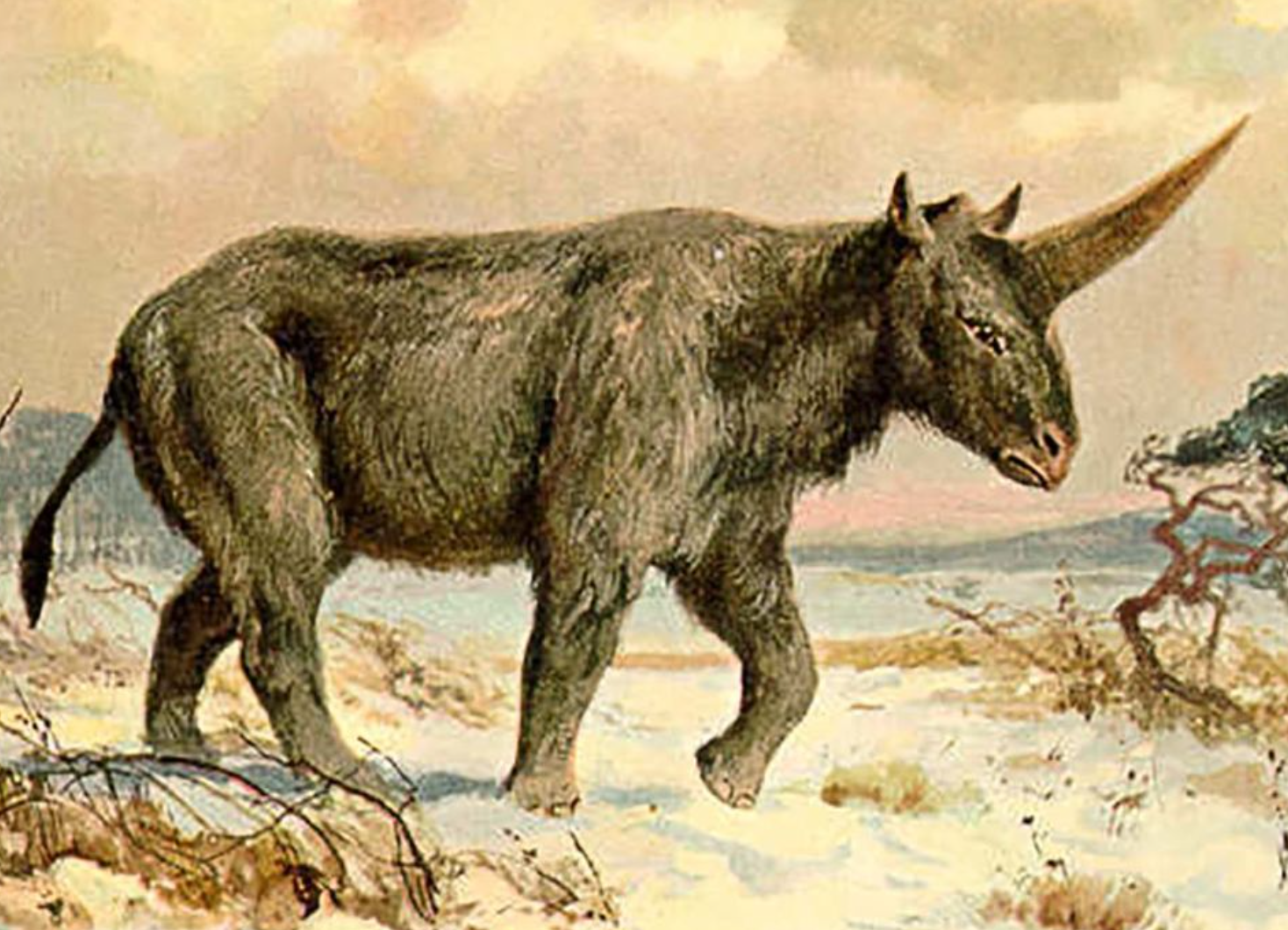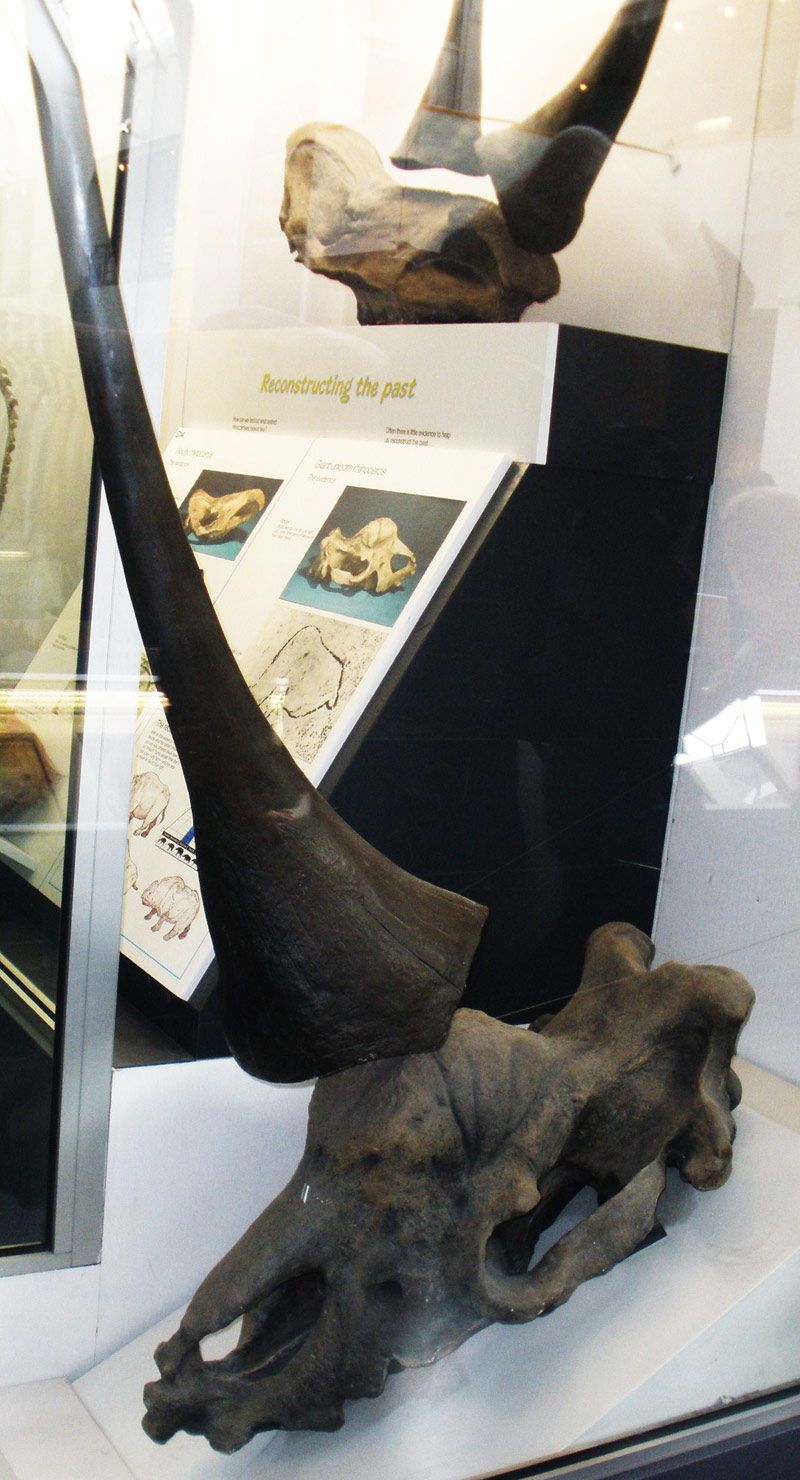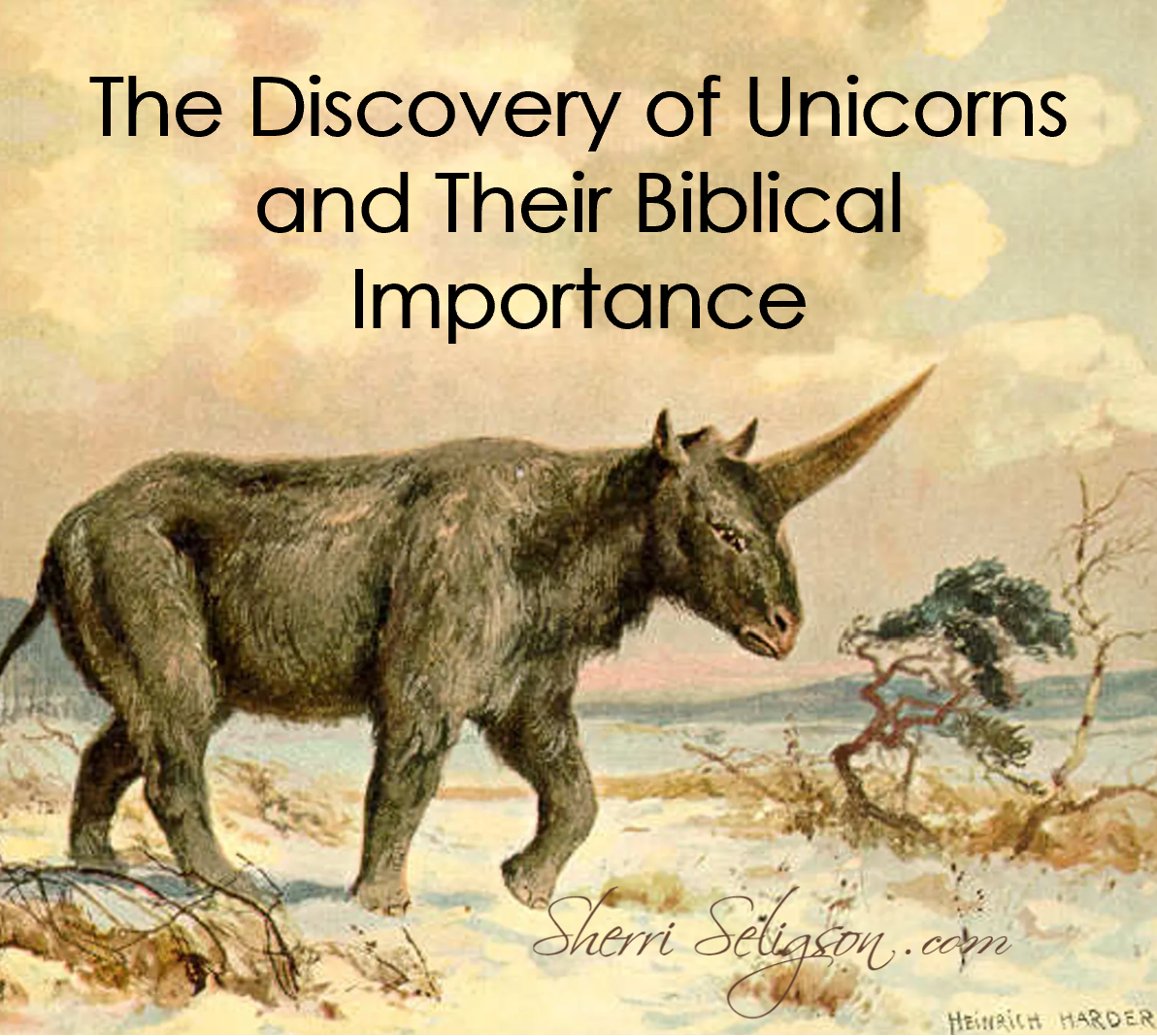
Recently, an interesting fossil animal skull was discovered. What makes it so special? It was the skull of a unicorn.
I’m not kidding.

Photo: Ghedoghedo/Wikipedia
For years, scientists have known about the existence of these animals. Siberian unicorns are an extinct mammal species that looked more like a rhinoceros instead of a horse. However, their horn wasn’t on their snout like a rhino, but instead, was on their forehead. So these guys looked more like beefed-up, furry horses with a large, single horn…fluffy, muscular unicorns.
This discovery of a skull in Kazakhstan is notable because it is carbon dated to exist much more recently than previously thought. Now, I need to mention that up until now they were believed to have roamed on the earth about 350,000 years ago, and this newly-found skull was dated at 29,000 years of age. That is significant.
But this post is not to discuss the accuracy of radiocarbon dating, (which is shown to be fairly inaccurate). In fact, I believe these guys lived on Earth much more recently in history.
I’m more interested in the fact that very real unicorns once lived on earth! Elasmotherium sibiricum was a large, furry, mono-horned mammal that was likely a grazer, feeding on grasses.
Now here is the cool part.
We actually shouldn’t be surprised that unicorns once roamed the earth. They are mentioned several times in the Bible. In the King James Version of the Bible, these creatures are referred to often. In fact, in several Bible translations, including Luther’s German Bible, the Septuagint, and the Latin Vulgate, the term re’em is translated to mean a one-horned animal. More modern translations typically translate this word as “wild ox.”
You see, many folks today have a problem with the Bible’s unicorns because we cannot think of a similar modern animal. However, a single-horned feature is found in both the rhinoceros and the narwhal. In the Bible, unicorns are referred to as real animals in the same context as donkeys, lions, horses, peacocks, and dogs (Job 39:9-12). And as the fossils give us clues to their muscular physique, it is no surprise that the Bible describes them as having “great strength” but unable to be tamed for pulling a plow.
In the passage in Job, their mention was to help Job to see God’s greatness. And using an imaginary animal would have defeated that purpose.
Yes, unicorns were real.
They skipped like calves (Psalm 29:6) and bled when they died (Isaiah 34:7).
There is even archaeological evidence in rock drawings of large, one-horned, equine-like animals. A report on these drawings details an animal with a “single horn, directly in front, about as long as one’s arm…it was not attached to the bone of the forehead, but fixed only in the skin.” 1

Indeed, this extinct giant one-horned animal supports the truths of the Bible as both God’s inspired Word and a true historical document!
- Edward Robinson, ed., Calmet’s Dictionary of the Holy Bible revised edition (Boston, MA: Crocker and Brewster, 1832), 907–908.


2 Comments
ooooooooooooooooooooooooooooooooooooooooooooooooooooooooooooooooooooooooooooooooooooooooooooooooooooooooooooooooooooooooooooooooooooooohhhhhhhhhhhhhhhhhhhhhhhhhhhhhhhhhhhhh
🙂